I’m writing this post based on community discussion occurring around the 626 Walnut Street condominium project. As far as I can recall this is the first project claiming to be entitled to density bonuses to come forward in San Carlos since I joined the Council. Consequently I’m still learning about California’s density bonus law. Please consider this post a work-in-progress which I’ll update as I learn more.
San Carlos is starting to see multi-family residential construction projects — apartment buildings, condos, etc. — which take advantage of California’s density bonus rules. This post discusses what those are and why they exist. As always, I encourage you to reach out to city staff with questions. Al Savay, our Community and Economic Development Director, would be a good person with which to start.
What Is a Density Bonus?
A density bonus entitles a developer, as a matter of right, to build more units in a multi-family residential project than might be allowed based on local zoning rules. This can require easing aspects of those zoning rules, such as height limits, to accommodate the expanded project.
The bonus is earned when a project includes certain things California has determined are important to ensuring an adequate and diversified supply of housing exists. These include:
- units which will be sold or rented to households on the lower end of the affordable housing spectrum (e.g., very low income and low income households);
- building more affordable units than required by law;
- donating land (I presume to the community)
- providing housing for certain types of households (e.g., seniors, disabled vets, homeless, foster youth).
The density bonus rules also entitle a developer to receive incentives from the local agency in order to reduce the economic impact caused by meeting the bonus thresholds. Earning these incentives is contingent on a project providing certain proportions of affordable housing to the lower ends of the affordable housing income spectrum (e.g., very low, low).
The incentives include things like allowing mixed use projects (e.g., residential and retail) or waivers on certain design requirements. Apparently a developer entitled to one or more such incentives can request waiver of anything that demonstrably lowers their costs provided the waiver doesn’t:
- cause a public health or safety problem;
- create an environmental problem (I suspect what constitutes a problem is defined in the law and isn’t simply up to a community to decide on its own);
- harm an historical property; or,
- violate (presumably California state) law.
Interfering with a Density Bonus
The density bonuses being a matter of right means a local agency has limited ability to influence how the bonuses are earned (the state has preempted local control).
It also means a local agency runs a significant litigation risk if it acts in a way to violate the property rights of the developer entitled to a density bonus. An agency found violating density bonus law could well find itself facing significant legal bills, adverse financial judgments and end up seeing the project they interfered with built anyway.
Why Did the State Create Density Bonuses?
The supply of housing hasn’t been increasing in many parts of California, particularly in the Bay Area, at rates consistent with local commercial development and job growth. This has led to many problems including significant escalations in the cost of housing, households being forced to move out of their homes and worsening traffic.
That latter is more significant, legally, than you might think at first glance. The state builds and administers most of the major highways in California and so has legal standing to ensure their capacity isn’t consumed, willy-nilly, by communities that create many jobs but little housing and rely on the road network to connect housing and jobs.
From a longer-term perspective I suspect the jobs/housing imbalance was created by, or at least exacerbated by, Prop 13. Whatever benefits it provided Prop 13 made it far more attractive for communities to discourage the construction of housing in favor of the construction of commercial establishments.
That probably sounds odd. But housing brings people, who naturally need or want schools, parks, fire & police protection, and other public services. The property taxes associated with new residential housing are generally seen as only just offsetting the cost of providing those additional public services. Commercial development doesn’t spark a need for schools or parks — in fact, they often end up contributing to support them — and, while it requires public services it’s typically at a lower level. That makes commercial development more attractive to a local agency than housing.
Whatever the causative factors the key takeaway is that there hasn’t been as much housing built in the economically-booming parts of California as was needed to meet the demand. The density bonus legislation was one of the steps the state took to address the problem and maintain overall economic growth on behalf of all its residents.
You might find this link helpful in understanding density bonuses.
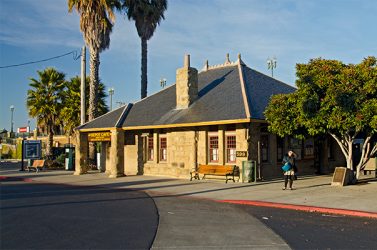
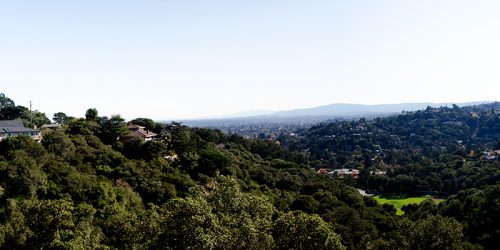

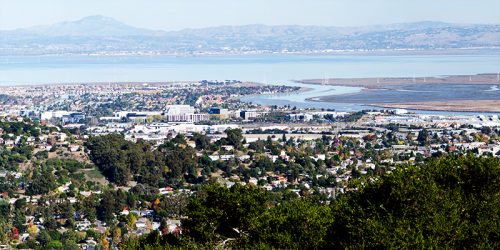
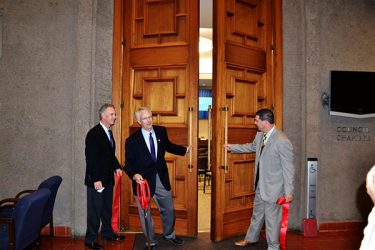
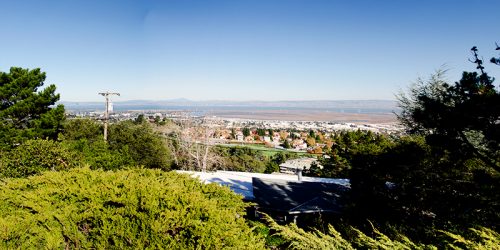

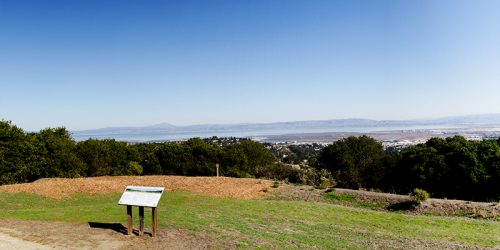
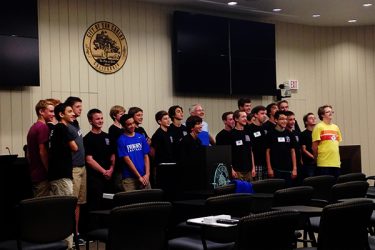
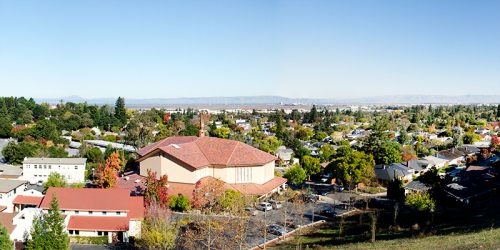
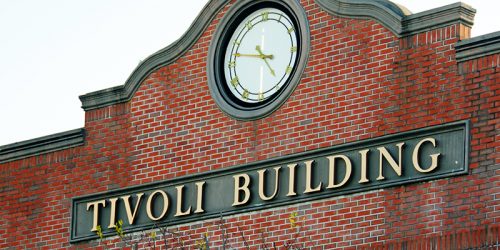
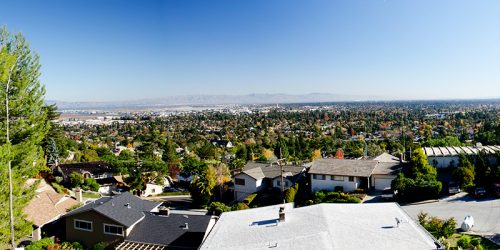
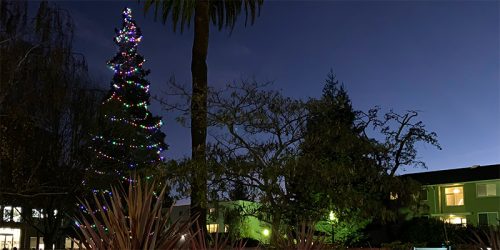
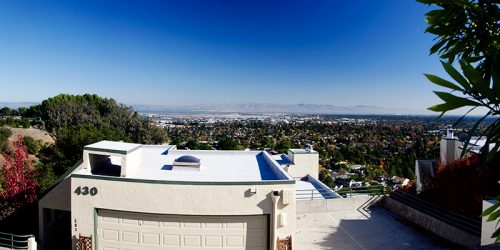

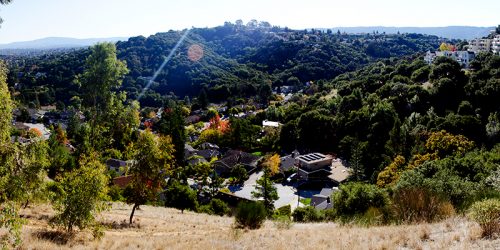
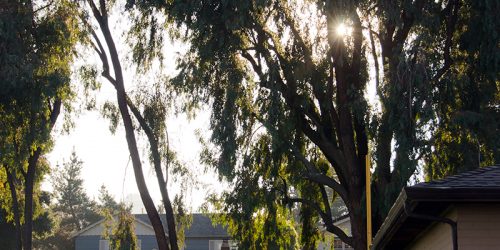
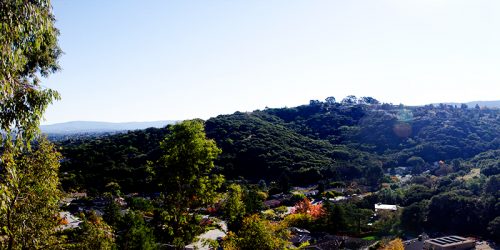

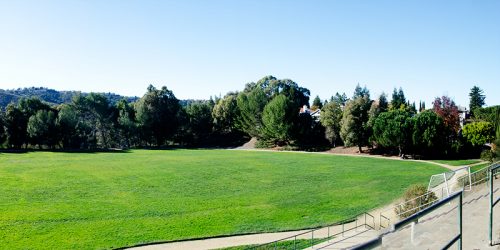
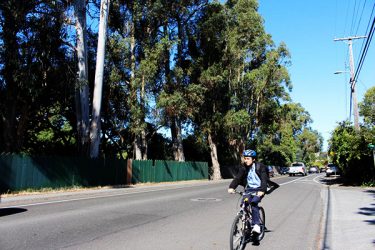


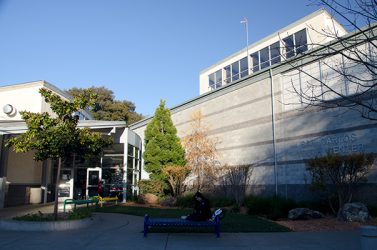

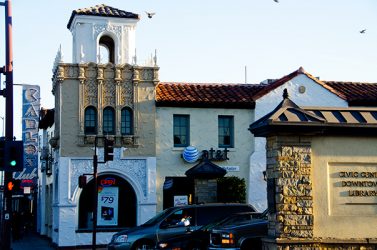
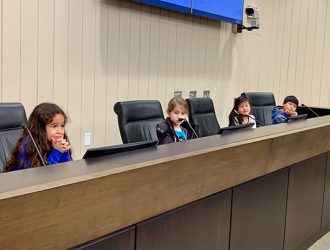


2 thoughts on “State Density Bonuses”
Hello,
So does this mean that developers could turn San Carlos into what Redwood City has become (tons of huge condo/apartment buildings) and the citizens of San Carlos can’t do anything about it?
Hi Lisa. No, I don’t think that’d be possible under the density bonus rules. They max out at increasing project densities at around 30%, I believe, so the most that could be added to the size of a project is to expand it by 30%. Which, while a significant number, wouldn’t result in the scale buildings that are going up/have gone up in Redwood City.